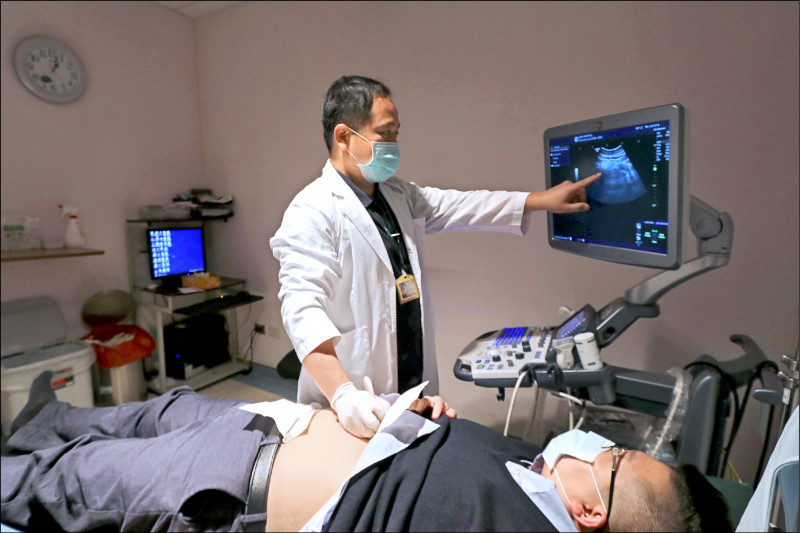【Pancreatic Cancer】Symptomless! High Screening Difficulty! 7 Alarming Signs to Seek Immediate Medical Attention!


Dubbed the "king of cancers", pancreatic cancer is a rapidly progressing and highly prone to recurrence malignancy. It is witnessing a global increase in incidence, with a trend towards affecting younger individuals. Due to the difficulty in detecting early-stage pancreatic cancer and the challenges associated with screening methods, patients often face a relatively short time span from diagnosis to death.
Early Stage Silent, Often Detected in Advanced Stages
The pancreas, nestled deep within the body's core, lies behind the stomach, spanning approximately 20cm. This vital organ plays a crucial role in producing pancreatic enzymes that aid digestion and insulin, which helps regulate blood sugar levels. Comprising the head, neck, body, tail, and duct, pancreatic cancer typically manifests in the head, body, or tail regions, but metastasis can occur as well.
In the early stages of the disease, pancreatic cancer patients often struggle to detect any symptoms. It is not until the tumor reaches a significant size and starts to exert pressure on surrounding organs or tissues that they begin to notice unusual sensations. However, by the time pancreatic cancer becomes noticeable, it has typically advanced to a significant extent, often approaching the middle or later stages. At this point, the situation becomes highly dangerous, with treatment options proving extremely challenging. Moreover, there are relatively few effective anticancer drugs available for pancreatic cancer, and only about 20% of patients are suitable candidates for surgical resection. The majority of patients require systemic chemotherapy. As a result, the survival rate for pancreatic cancer patients is often less than 10%.
Multiple Screening Methods, Yet Highly Challenging
There are several examinations related to the pancreas, but unfortunately, there is no single effective screening test for pancreatic cancer. Here are some commonly used methods that can help detect pancreatic cancer, although they may not provide complete accuracy:
.Blood tests (CA19-9 tumor marker): Elevated levels do not necessarily indicate pancreatic cancer and could be associated with other malignancies.
. Ultrasound examination: It can be challenging to obtain clear images due to obstructions from surrounding organs or intestinal gas in the abdominal cavity.
. Abdominal computed tomography (CT) or magnetic resonance imaging (MRI): These methods are relatively more suitable for screening, but they may struggle to detect tumors smaller than 2 cm in early stages. Regular screenings can provide convenient comparisons over time.
. Endoscopic retrograde cholangiopancreatography (ERCP): This is an invasive procedure that involves the use of contrast agents, which can sometimes lead to complications such as bile duct inflammation or pancreatitis.
. Percutaneous transhepatic cholangiography (PTC): Similarly, this is an invasive examination that carries the risk of internal bleeding and post-procedural discomfort at the site of puncture.
Unknown Causes, 7 Alarming Signs to Watch Out For
The exact causes of pancreatic cancer remain unclear. However, individuals aged 60 or above, those with type 2 diabetes, a history of smoking or alcohol consumption, obesity, or a family history of the disease have a higher risk of developing it. Patients may experience symptoms such as abdominal pain, loss of appetite, weight loss, and decreased mental and physical well-being. If any of the following abnormalities are observed, immediate medical attention and examination are strongly advised:
. Presence of jaundice, with yellowing of the skin and whites of the eyes
. Upper abdominal pain and left-sided back pain, possibly originating from the posterior abdominal cavity; pain intensity worsens when lying flat and is alleviated by bending forward
. Significant and unexplained weight loss
. Dark urine, resembling the color of tea
. Unexplained pancreatitis
. Presence of greasy or pale stools (due to bile duct obstruction)
. Sudden onset of diabetes and high blood sugar levels after the age of 50, with no family history of the disease









